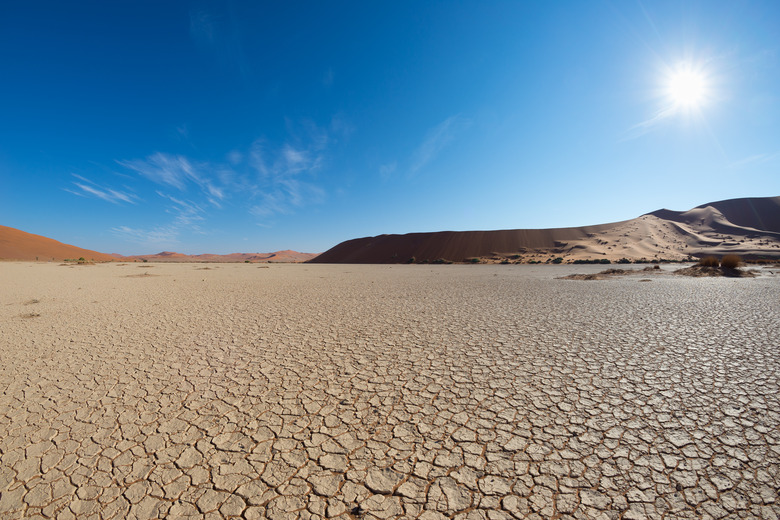Physical Address
Suite 5, 181 High Street,
Willoughby North NSW 2068
Physical Address
Suite 5, 181 High Street,
Willoughby North NSW 2068

Picture a desert in your mind, and you’ll probably envision a hot, dry landscape with intense sunlight. Right there, you have many of the key abiotic factors that influence the desert ecosystem. In addition, the type of soil is also an important factor; sandy deserts are common, but there are other soil types as well.
Limited water is a defining feature of desert ecosystems and their most profound environmental constraint. Typically, deserts receive less than 508 millimeters (20 in.) of rain per year. This means that animals and plants looking to survive in the desert must be able to live with little water for extended periods of time. For example, cacti have evolved to store water in their stems to help them through dry spells.
The type of soil in an ecosystem determines what plants can grow, which in turn defines which animals can survive. Desert soil types vary greatly, influencing a given location’s drainage as well as evaporation. Water may seep deeply in sandy or gravelly substrate, but barely penetrate hard-packed clay or exposed bedrock. Depending on the substrate and the intensity of precipitation or flow, rainfall or runoff may sink quickly into desert soil or form sudden flash floods producing significant erosion.